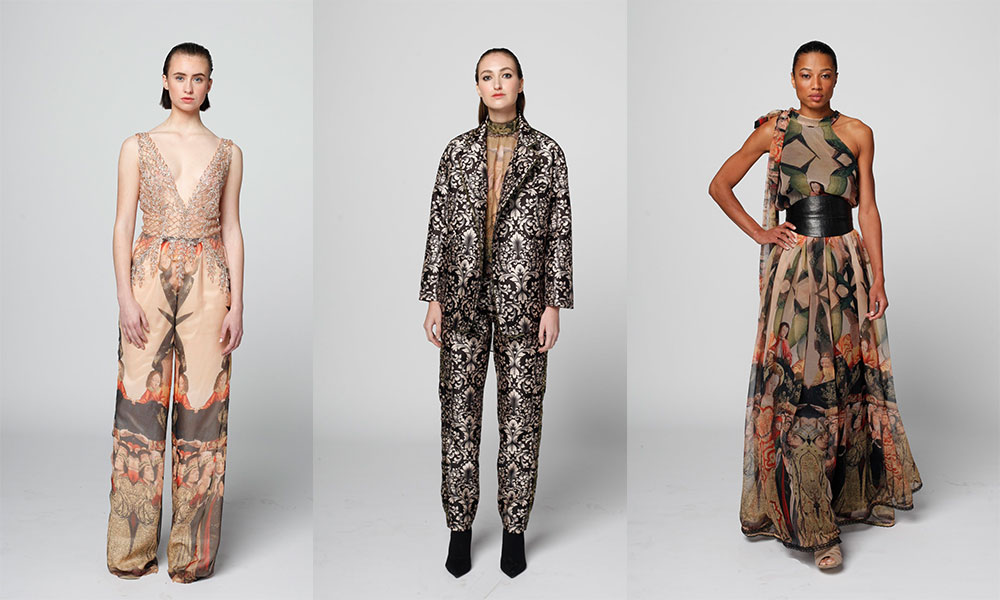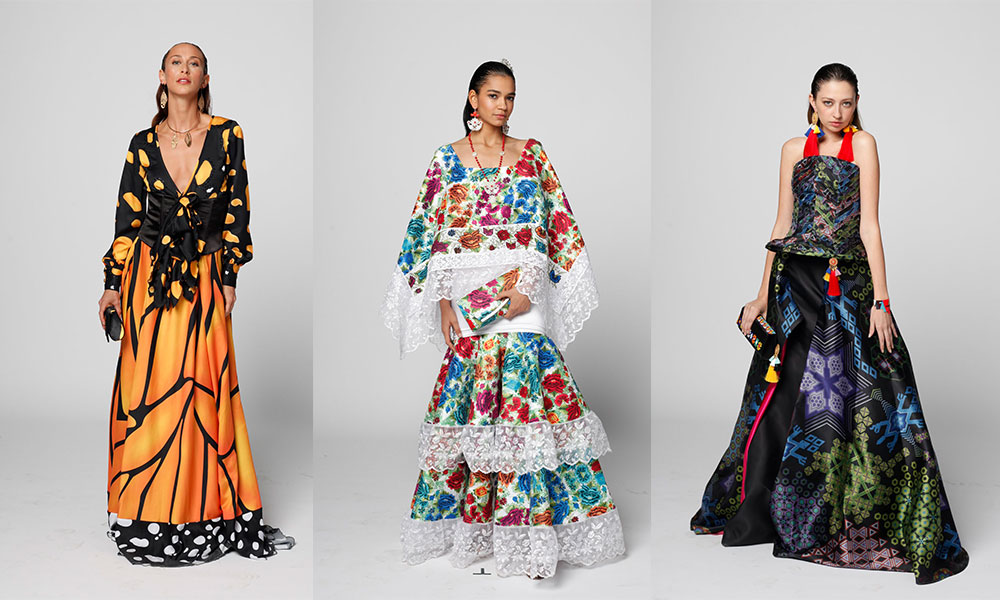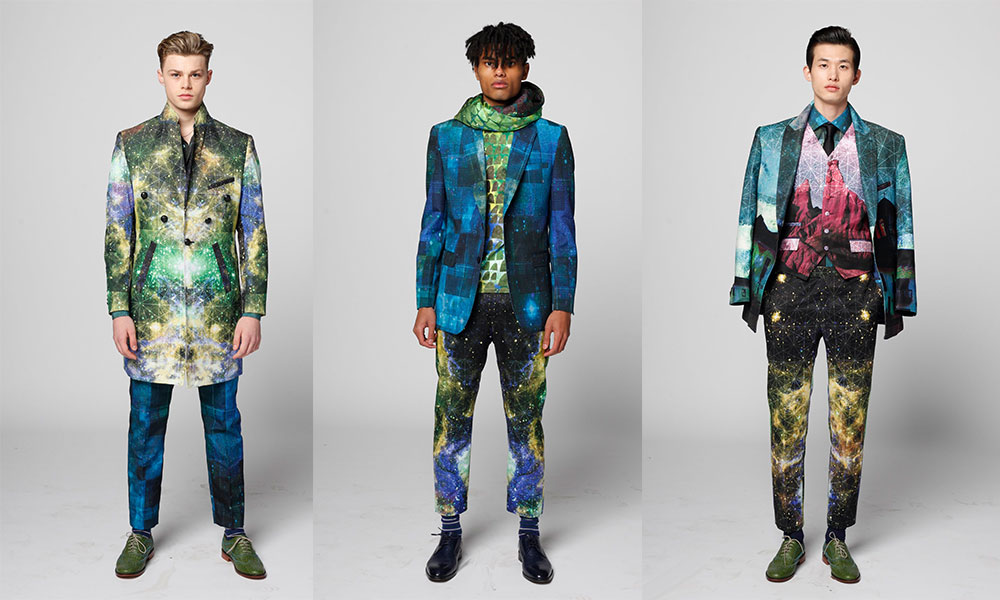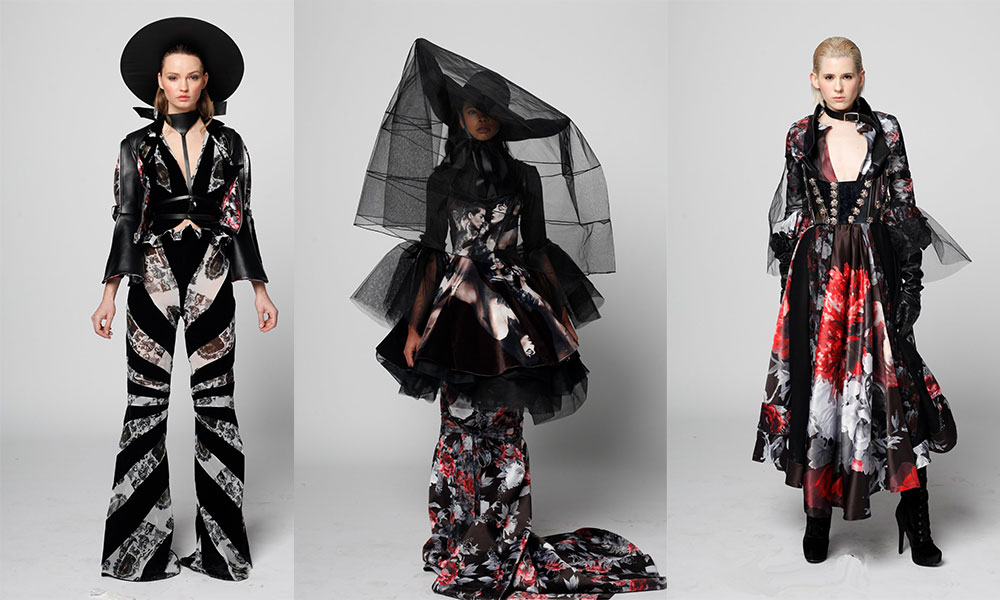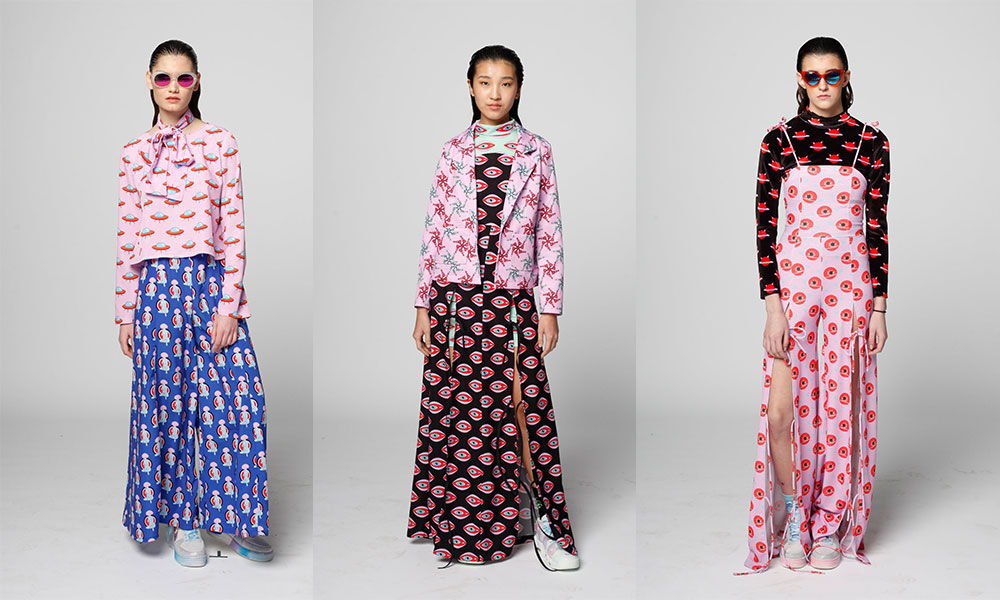Strategy February 09, 2018
Epson Showcases Digital Printing in 4th Annual Fashion Show
Epson is on a mission to prove that digital printing – particularly its own line of dye sublimation printers – is the future of fashion. For the fourth year in a row, the tech company kicked off New York Fashion Week with its own Digital Couture show: featuring dye-sublimation mini-collections by 13 designers and design teams from across North and Latin America.
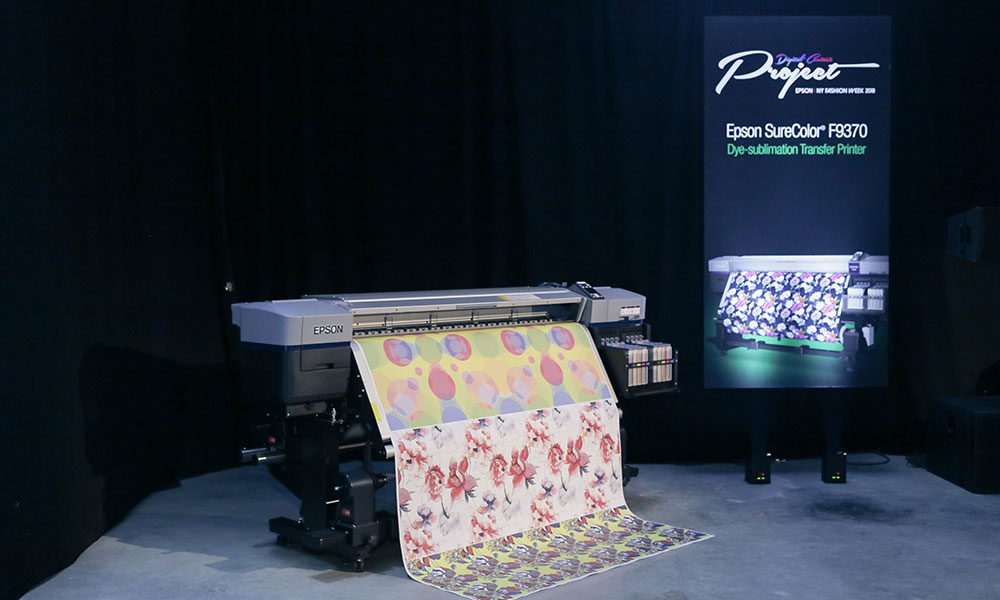
“The future of fashion is customization – from the colors and prints, to the size and shape of garments – all on-demand,” said Keith Kratzberg, president and CEO of Epson America. Digital printing technology helps enable that customization, he added. The technology has also simplified and democratized fashion. Traditionally, fashion designers use different workflows for creating apparel samples and production runs. It’s a costly, time-consuming process that requires high volumes of output to turn a profit. “With digital, you shortcut all of that,” Kratzberg said. Using dye sublimation, designers can translate their visions to the fabric, quickly and efficiently. And they can change course just as quickly and easily.
“The Digital Couture event showcases how the design potential and impact on the fashion marketplace is limitless,” Kratzberg noted. “We hope people will be amazed by the technology.”
Prior to the Digital Couture show, Epson hosted a fashion and technology forum, where a panel of experts discussed how digital technology is transforming the industry. Moderator Anthony Cenname, vice president and publisher of the Wall Street Journal Magazine, kicked it off by noting that the buzzword disruption “sounds like it could be a disease,” but it’s an important – and even fun – concept for the fashion world.
Digital technology has altered fashion brands in multiple ways, according to the panelists. One of the main disruptors has been social media, said Aliza Licht, author and executive vice president of brand Alice + Olivia. Fashion has traditionally been very gated and curated, more dictatorial than democratic. “Social media destroyed that,” Licht said. Though some luxury brands have been slow to catch on, it’s been a boon for many up-and-comers. “Now a designer can launch an entire collection on social media and sell it,” Licht added.
Digital printing and fabric innovations have also been game changers. “Technology, for me, lives inside of a fiber, in the spaces between nanofibers,” said panelist Mark Sunderland, a textile engineer and chair at Thomas Jefferson University in Philadelphia. “I think fabric technology is really informing fashion right now and will continue to do so.”
Though digital printing is certainly a factor in fast fashion – speeding up the design and production process – it’s important to note that digital doesn’t have to delete the artistry and individuality of fashion, panelists noted. “Digital can be artisan,” Sunderland said. “It can be local.”
That artistry was on display at the fashion show that followed the forum. California-based designer and Project Runway finalist Candice Cuoco debuted a darkly dramatic collection that she says was inspired by her Italian heritage. “Everything with me is deep and has darkness to it, but still extremely romantic,” Cuoco said. “With Epson, I was able to design fabrics that chime into that personality.”
She used sublimation to print a rendition of Judas onto velvet and was pleasantly surprised by the results. “It was so vibrant, it looked like someone took a year to paint on this velvet swatch,” Cuoco said.
Cuoco added that she’s not sure she’ll be able to go back to using fabric designed by other people after this experience. “I’m spoiled rotten now,” she admitted. “If you have the right tools, you’re able to create whatever you can dream of, and I’ve dreamt a lot.”
Another standout at the event was Mexican designer Emilio Mata. Among his collection was a flowing orange-and-black gown with a plunging neckline that transformed the model into a monarch butterfly. Mata said he loves how sublimation allows him to create any type of fabric without “color or technical limits.”
Fernando Alberto, of California, recreated richly detailed Renaissance artwork on his fabric, combining it with intricate beadwork on a dramatic jumpsuit. “Prints are emotional and tell a story,” Alberto said. “With dye sublimation, there are no boundaries or restrictions with the prints I want to create. I love that samples can be printed within days of conception, and a collection can come to life in the fraction of time it used to take with older printing methods.”
To help further its collaboration with fashion designers, Epson also announced during its Digital Couture event the launch of a new microsite, dedicated to connecting digital fabric printing technology and solutions to fashion designers and entrepreneurs. The "Epson Brings Technology & Fashion Together" site provides education and guidance for a range of digital fabric printing applications, including dye sublimation, direct-to-garment and direct-to-fabric printing on a variety of fabrics.

